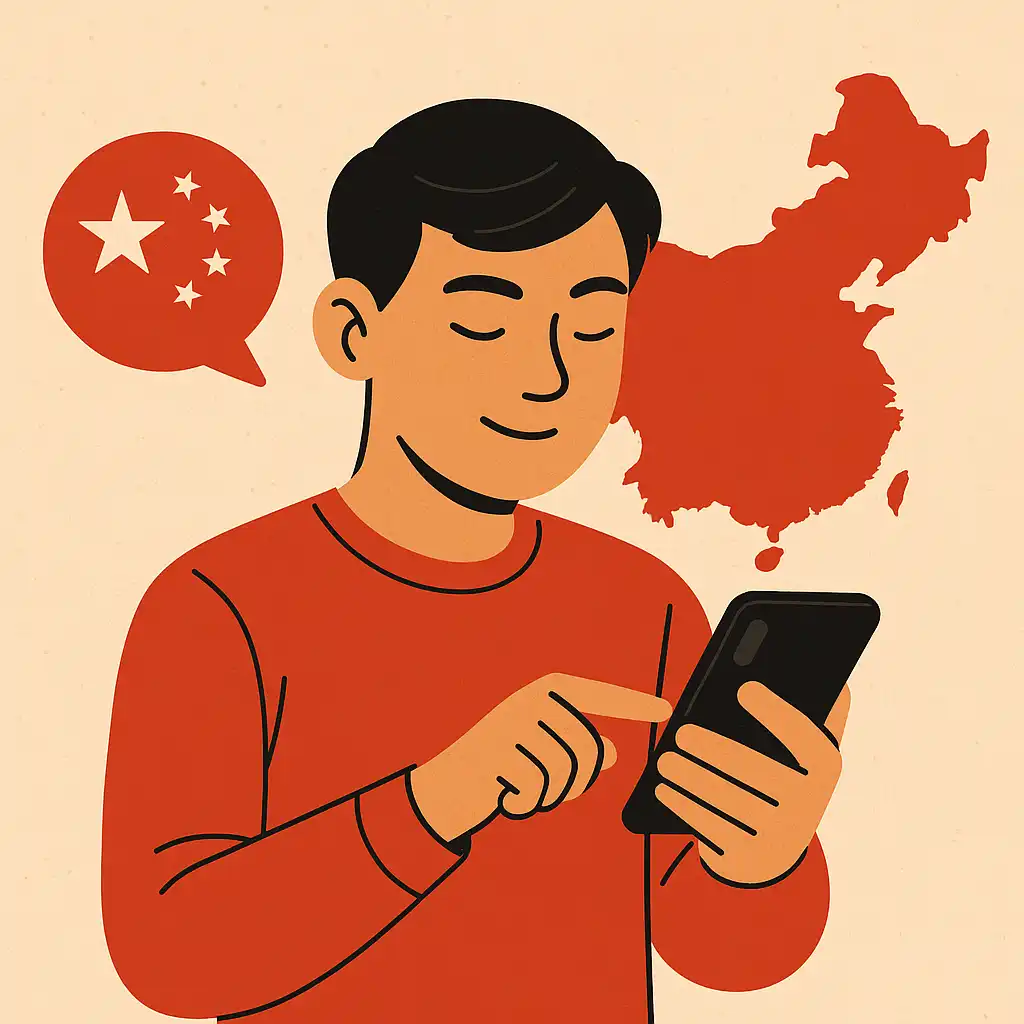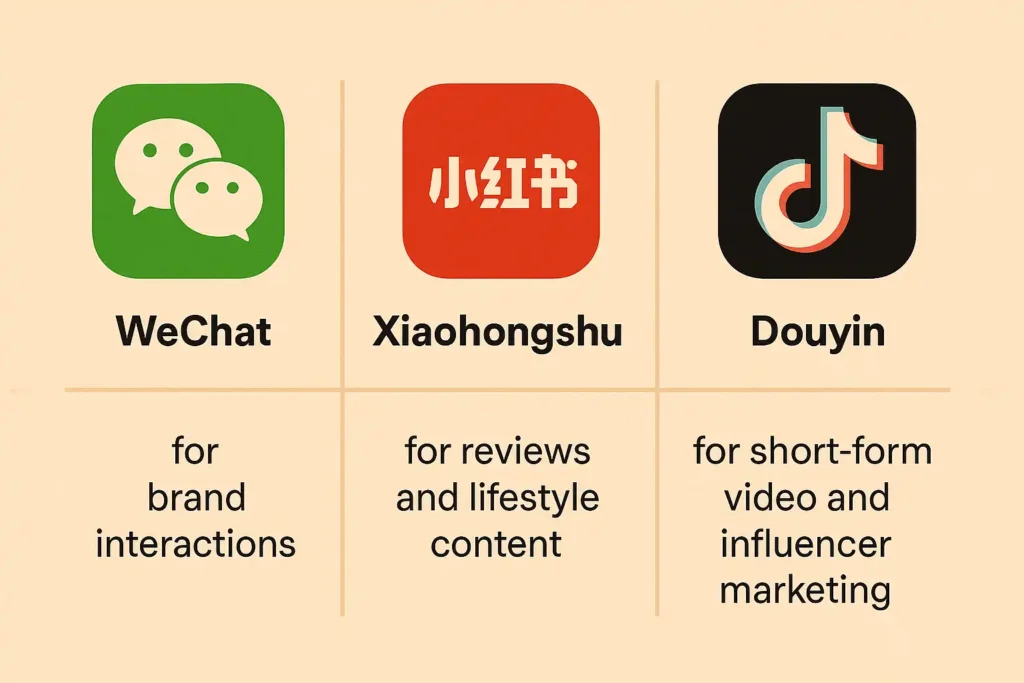If you’re planning to grow your business beyond borders, localization is no longer optional — it’s essential.
In simple terms, localization means adapting your product or content to fit a specific region’s language, culture, and regulations. This isn’t just a translation job. It’s about adjusting everything from product labels to website visuals, tone of voice, and even legal disclaimers — all to make your offering feel truly local.
- Win customer trust
- Stand out in crowded markets
- Turn clicks into conversions
Beyond Words: What Localization Really Means
Let’s say you sell medical devices or electric vehicles. To enter a new market like China, you need to comply with regional laws, safety labels, and technical documentation — all in the local language. But for digital businesses, the localization focus shifts toward your website and digital assets.
Think about this: If your site is in English but your target audience is in China, you’re likely missing out on conversions. A translated site isn’t enough. You need one that feels like it was built for local users — their reading habits, their colors, their cultural cues.
Real-World Example: Why McDonald’s & Starbucks Localize
Compare the Chinese and English websites of global brands like McDonald’s or Starbucks. You’ll see different designs, images, even menu layouts. Why?
Because in China, Western best practices don’t always translate. For example:
- Bright red and gold are lucky colors in Chinese culture — brands often reflect this.
- Homepage layouts are denser, optimized for users who prefer scanning quickly.
- Tone tends to be more formal and trust-focused.
These small details may seem cosmetic, but they directly impact user engagement and trust — and ultimately, sales.
What the Numbers Say (and Why They Matter in 2025)
If you’re wondering whether localization really boosts performance — the data is clear:
📈 According to a study by Singh, Chao, Fassott & Hoffman, proper localization can increase online sales by up to 200%.
This isn’t just about word choice. Research showed that websites adapted to local culture dramatically improved customer perception and purchase intent.

And this trend is growing in 2025, where customers expect digital experiences to be tailored, fast, and mobile-first — especially in China, where over 1 billion people access the internet mostly through their phones.
Customers Spend More Time on Sites in Their Language

You might be tracking your bounce rate or time-on-site and wondering why things feel “off.” Here’s a clue:
🗣 A global survey by CSA Research showed that:
| Statistic | Implication |
|---|
| 72.1% of users spend most of their time on websites in their native language | Users prefer content they can easily understand |
| 72.4% of users are more likely to buy when product info is in their mother tongue | Localization increases purchase intent |
| If your site isn’t localized… | You’re not just missing engagement — you’re losing sales |
If your site isn’t localized, you’re not just missing engagement — you’re losing potential customers.
In 2025, website language and localization aren’t just good practice — they’re strategic necessities.
How Chinese Consumers Shop in 2025
Today’s Chinese shoppers are smart, mobile-first, and deeply influenced by local platforms like:

They expect brands — even foreign ones — to speak their language and understand their lifestyle. That includes:
- Fast, clear product pages
- Localized social proof (Chinese reviews, influencer voices)
- Local payment options (like WeChat Pay or Alipay)
Without these? Your product might not even make it past the research stage.
If You Already Have a Chinese Site — But It’s Not Performing…
Let’s say you’ve translated your site and launched in China — but traffic is flat. What went wrong?
Here are common issues (and solutions):
| Problem | Likely Cause | Fix It With |
|---|---|---|
| High bounce rate | Poor layout or tone mismatch | Redesign using Chinese UX principles |
| Confusing navigation | Western-style menu logic | Follow local user flow patterns |
| Low SEO performance in China | Google-based keywords | Optimize for Baidu |
| Low conversion | Unfamiliar checkout system | Add WeChat/Alipay + localized forms |
Remember: translation ≠ localization. You need both language and context to resonate.
Expert Insight: Think Bigger Than Just Language
Esmond K.L. Quek, principal of EdBernays Brand Consultancy and former China CEO of Hill & Knowlton, shared a key insight in an interview with China Daily:
“Responding to customer demand means localization. Yet how to do it properly is a complicated topic… New companies should learn fast so they don’t waste time repeating mistakes.”
He breaks localization down into 4 strategic areas:

Product – Fit local preferences and regulations
Price – Match local spending power and psychology
Promotion – Use relevant platforms and messaging
Place (distribution) – Work with local logistics and e-commerce platforms
And yes — your website falls under Promotion.
Start Right — or Rebuild Smart
Whether you’re just starting or need to revamp a Chinese version that isn’t working, here’s your 2025 to-do list:
- ✅ Use native linguists and cultural consultants (not just machine translation)
- ✅ Test your site’s UX flow with real Chinese users
- ✅ Optimize for Chinese SEO (Baidu, not Google!)
- ✅ Build trust with local reviews, FAQs, and certifications
- ✅ Adapt visuals and language to fit user expectations
If you’re not sure where to start, AZ-Loc’s localization team is here to help
So if you’re eyeing the China market — or anywhere outside your home turf — take the time to do it properly.
